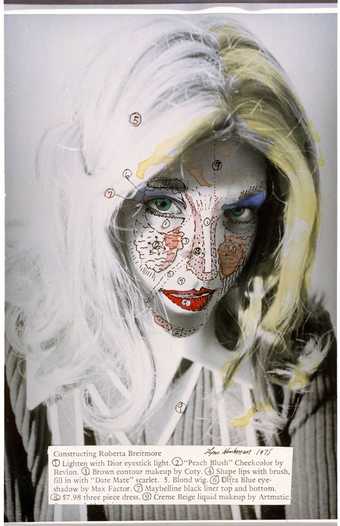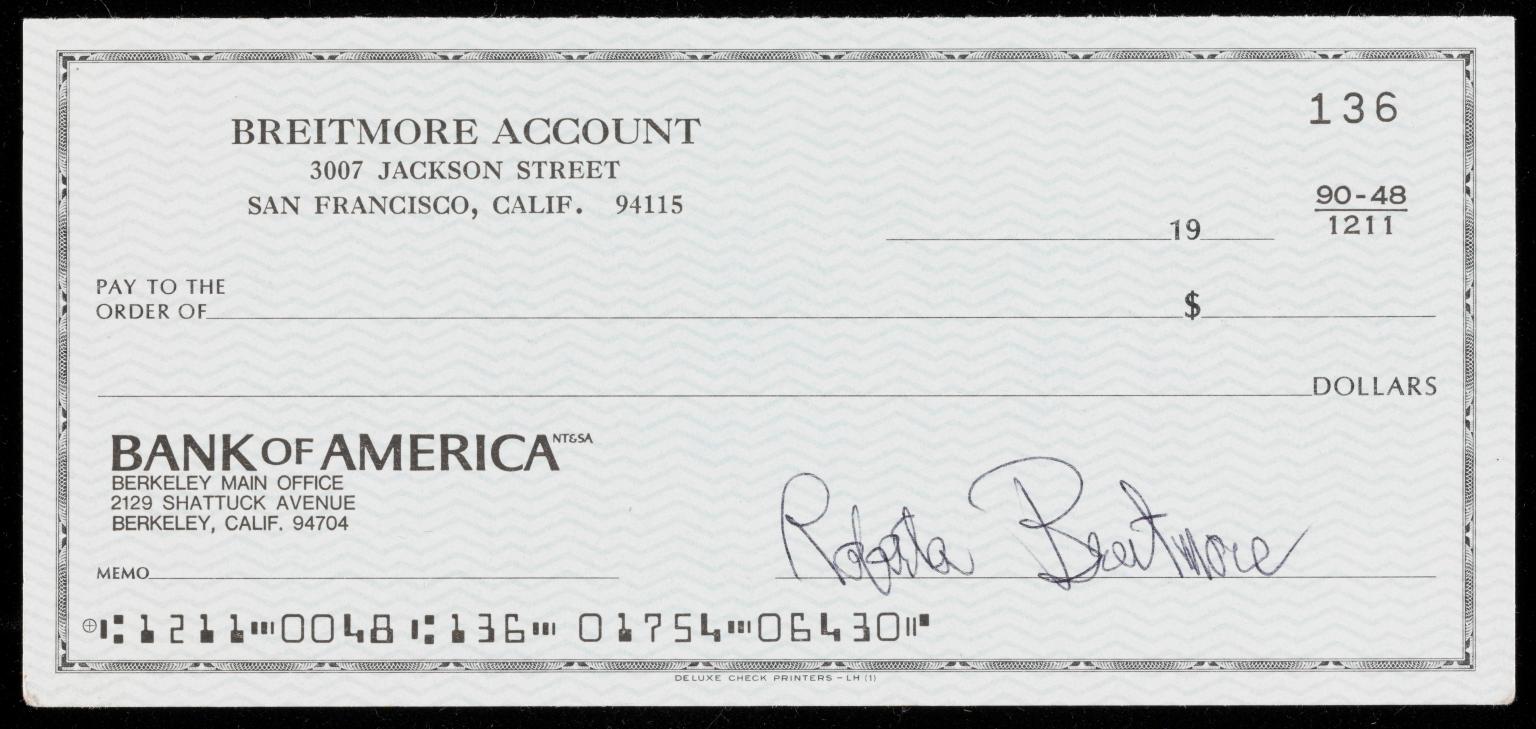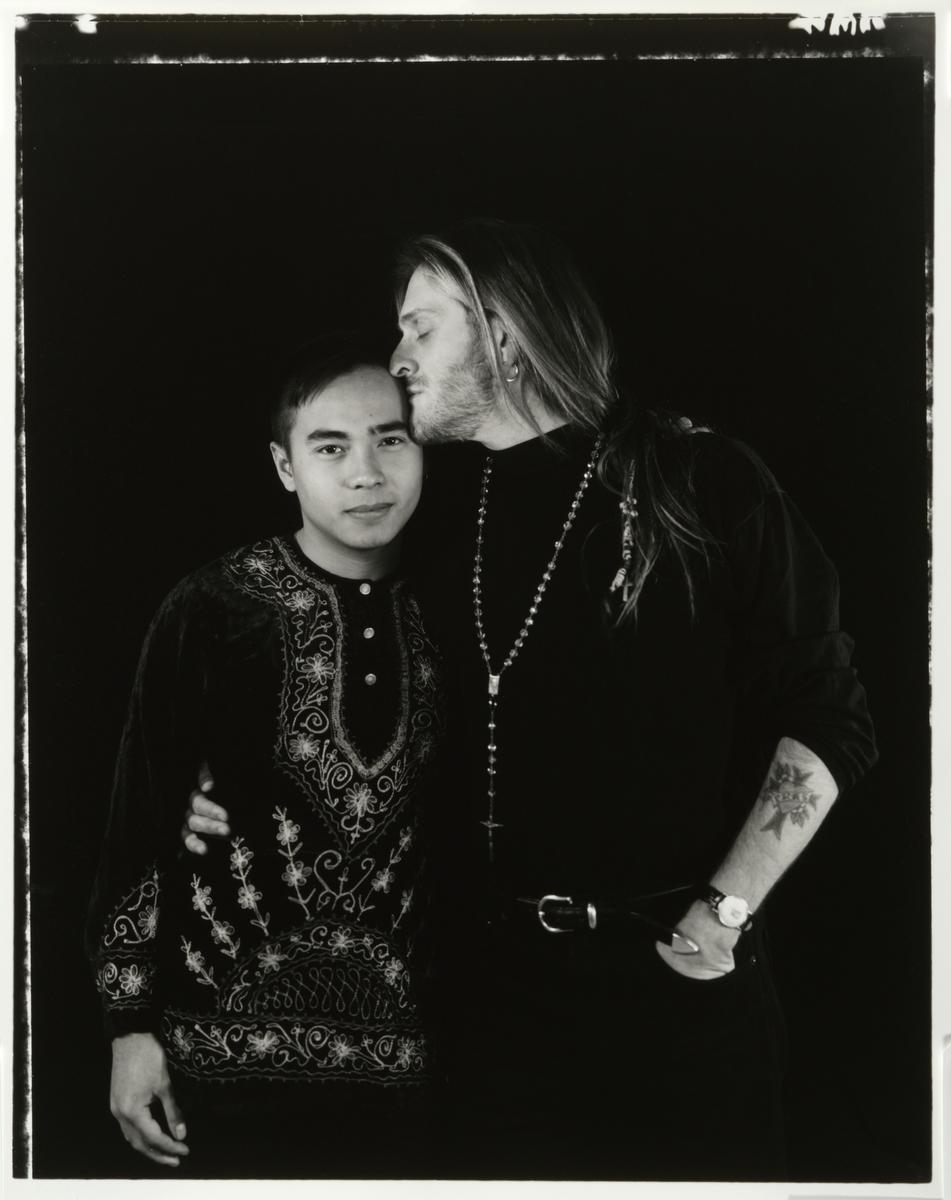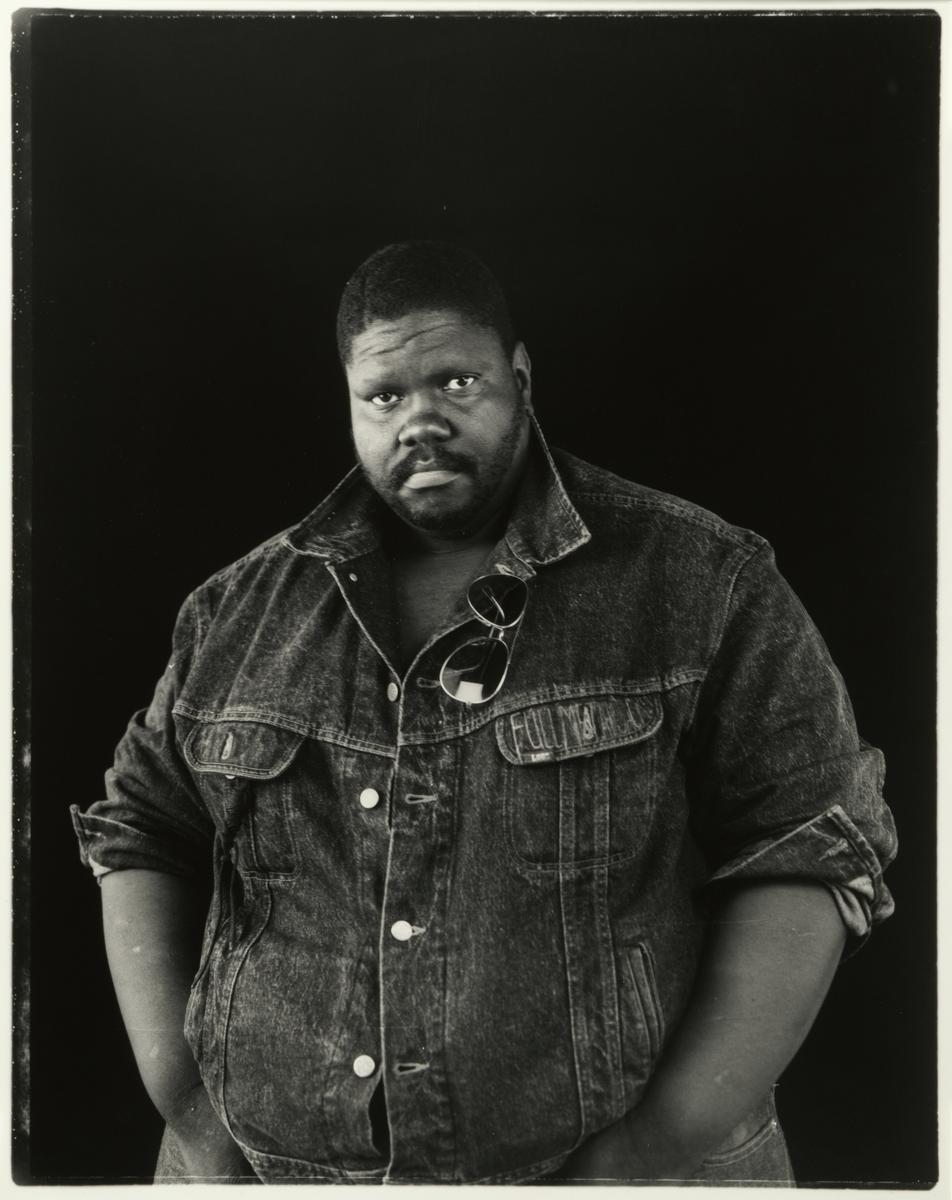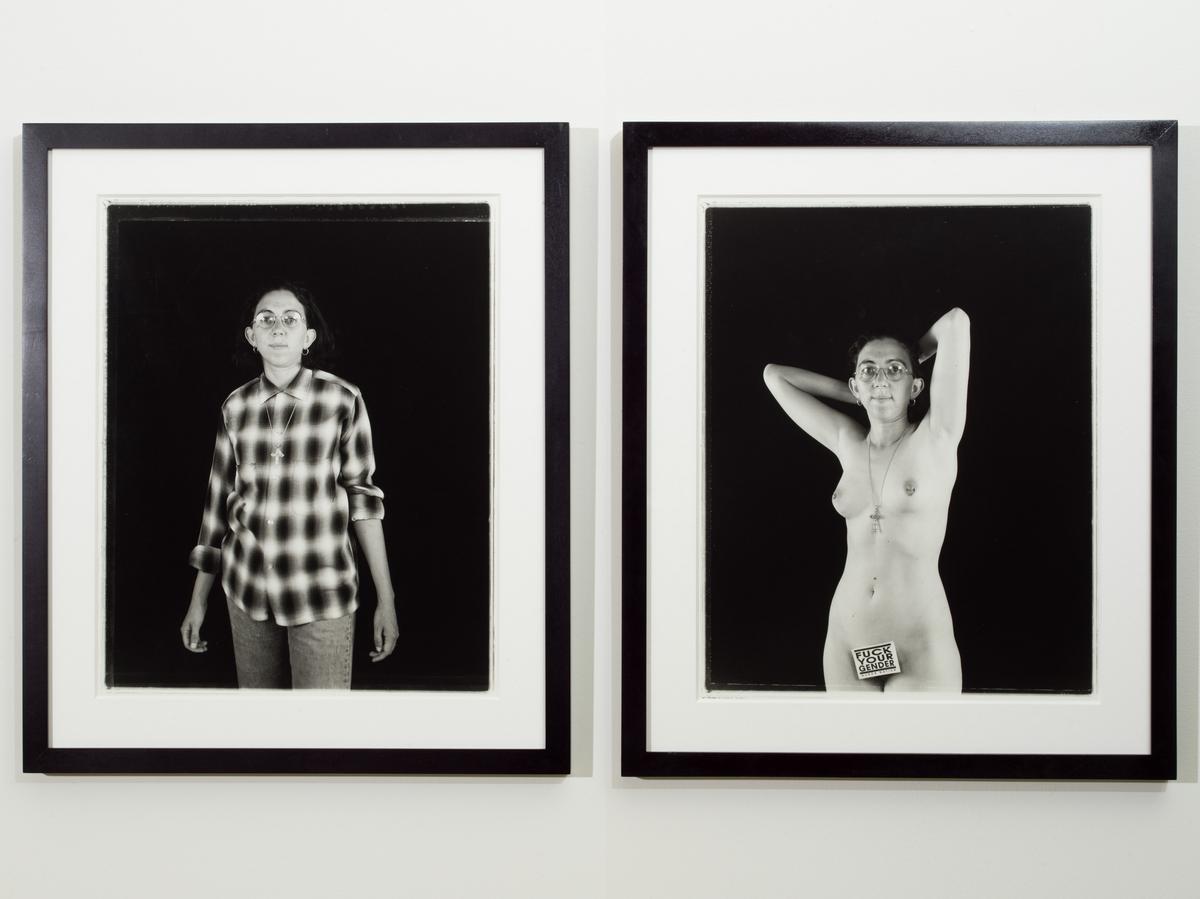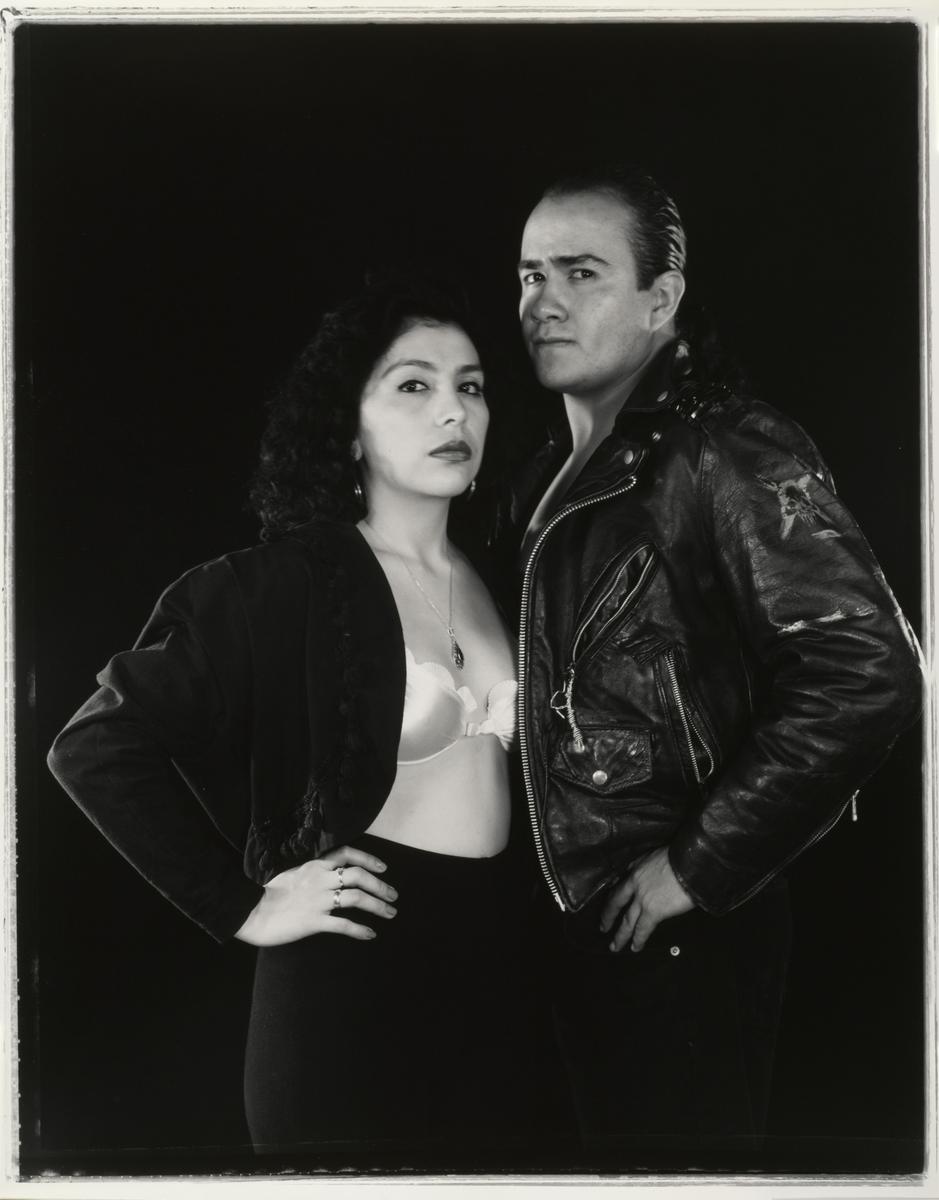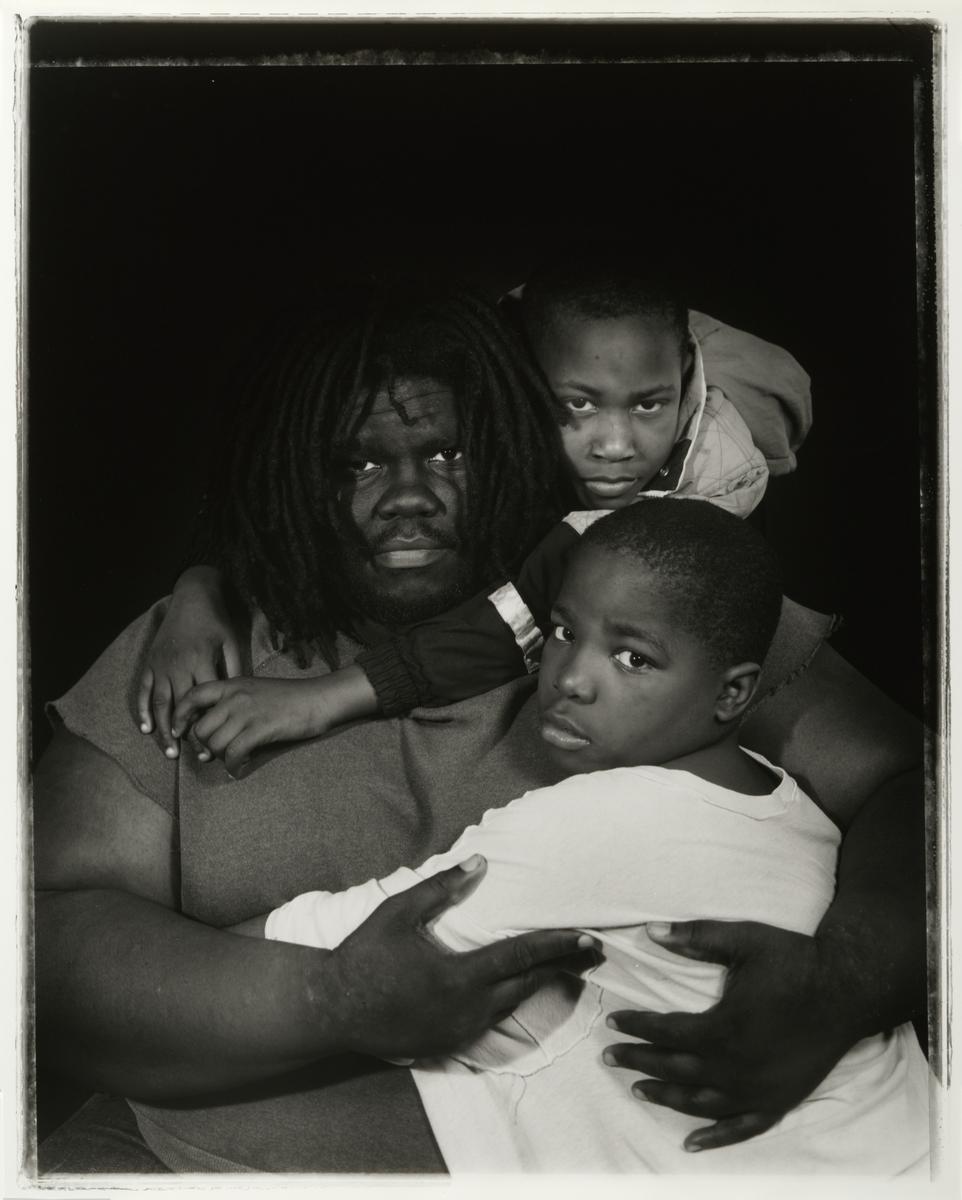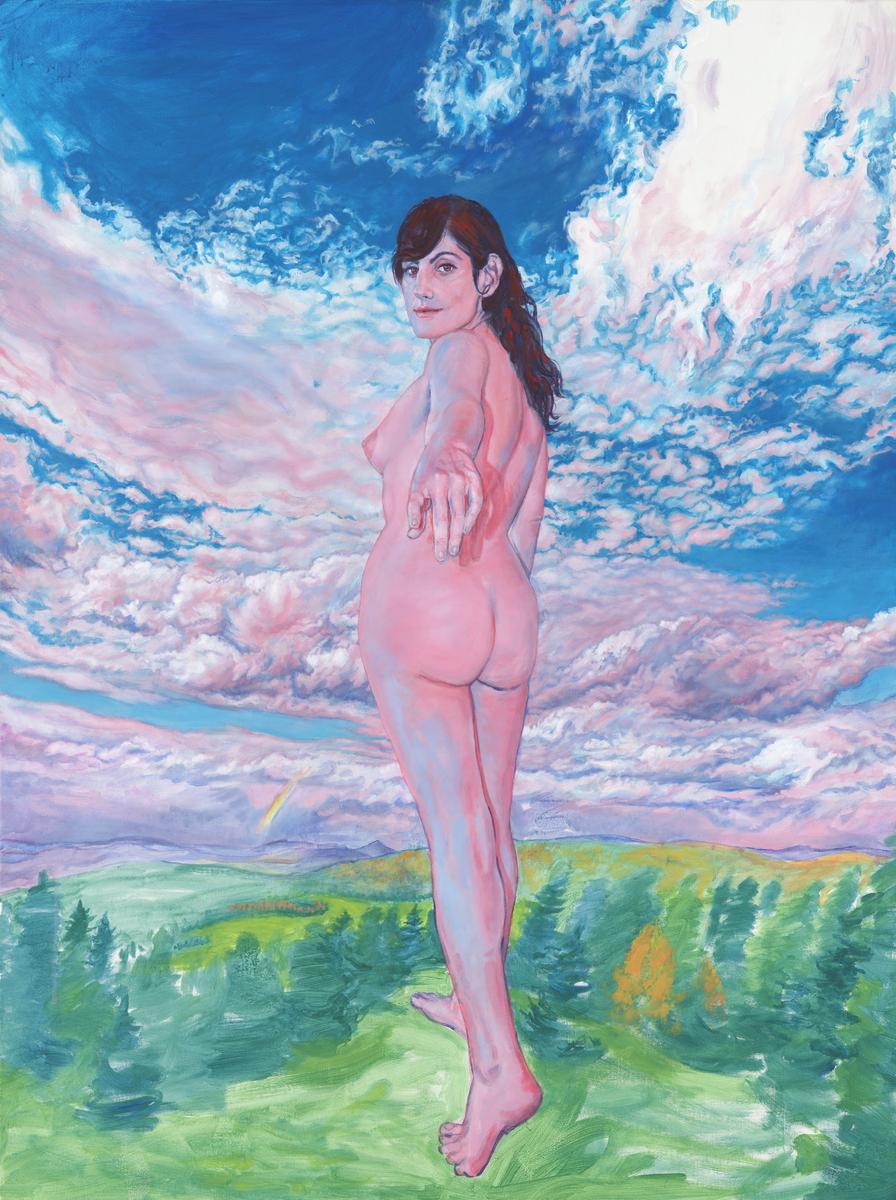8 rooms in Performer and Participant
How do you perform your identity? The artists in this room reflect on how gender and identity are constructed and enacted: a kind of performance of the self
Artists have used portraiture throughout history to explore themselves and the world around them. Rather than being documented by others, artists are creating representations of themselves and their communities, taking ownership of their image. They can empower the subjects whilst countering white, heteronormative, able-bodied images often found in art institutions and mass media. Perhaps you identify with these images or see parts of yourself in the subjects. If we take a closer look at ourselves, can we better understand those around us?
We construct our appearance through signs and symbols – the clothes we wear, our hairstyles and our gestures. The works in this room draw attention to these traits which are often read as signs of our identity – those that make us part of a collective or define us as individuals. These artists use photography, video and painting to highlight this performance of gender and self. Looking at these works reveals the performative aspect of everyday life.
Art in this room
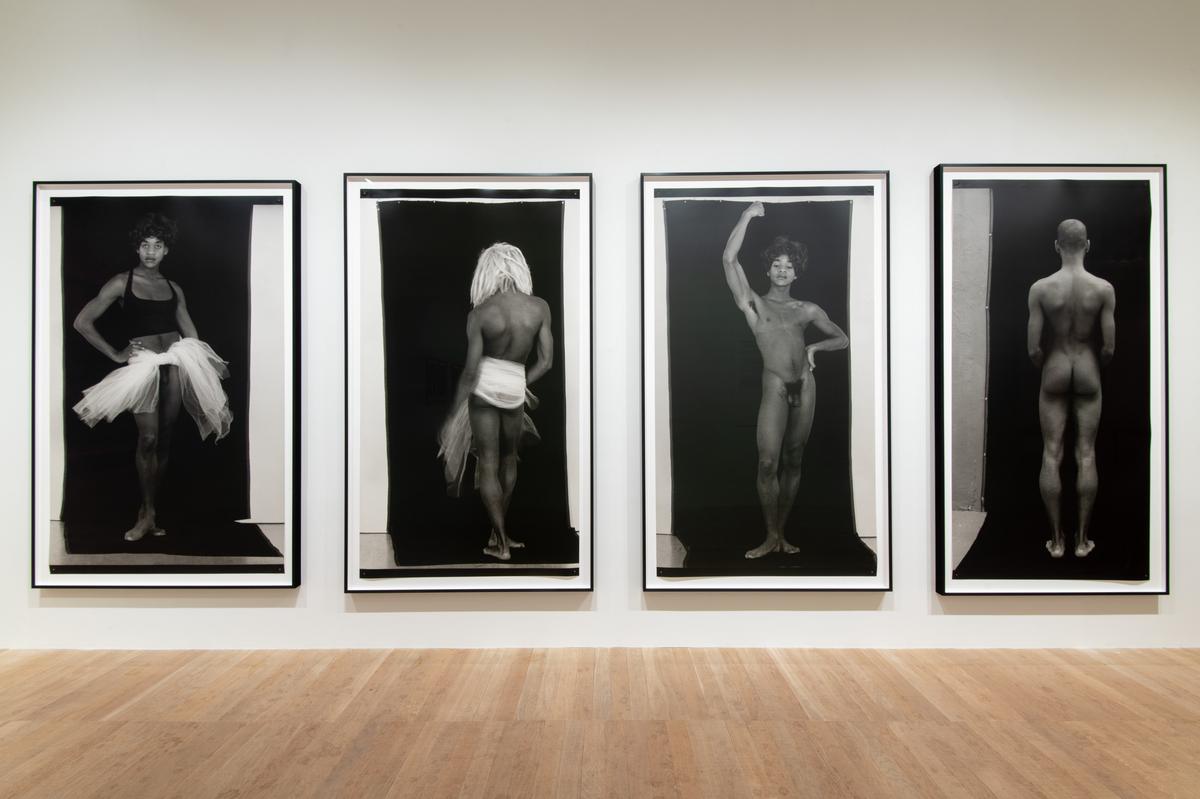
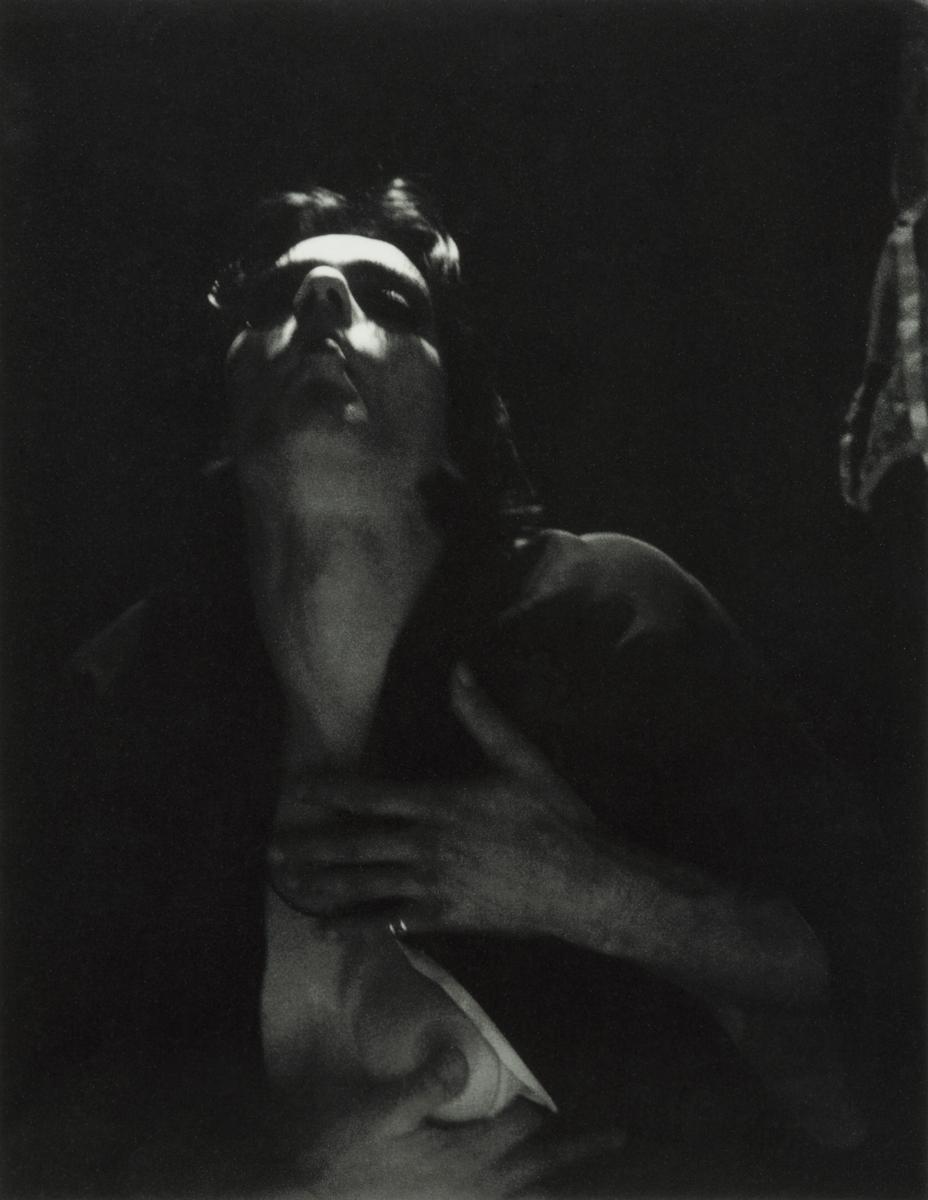
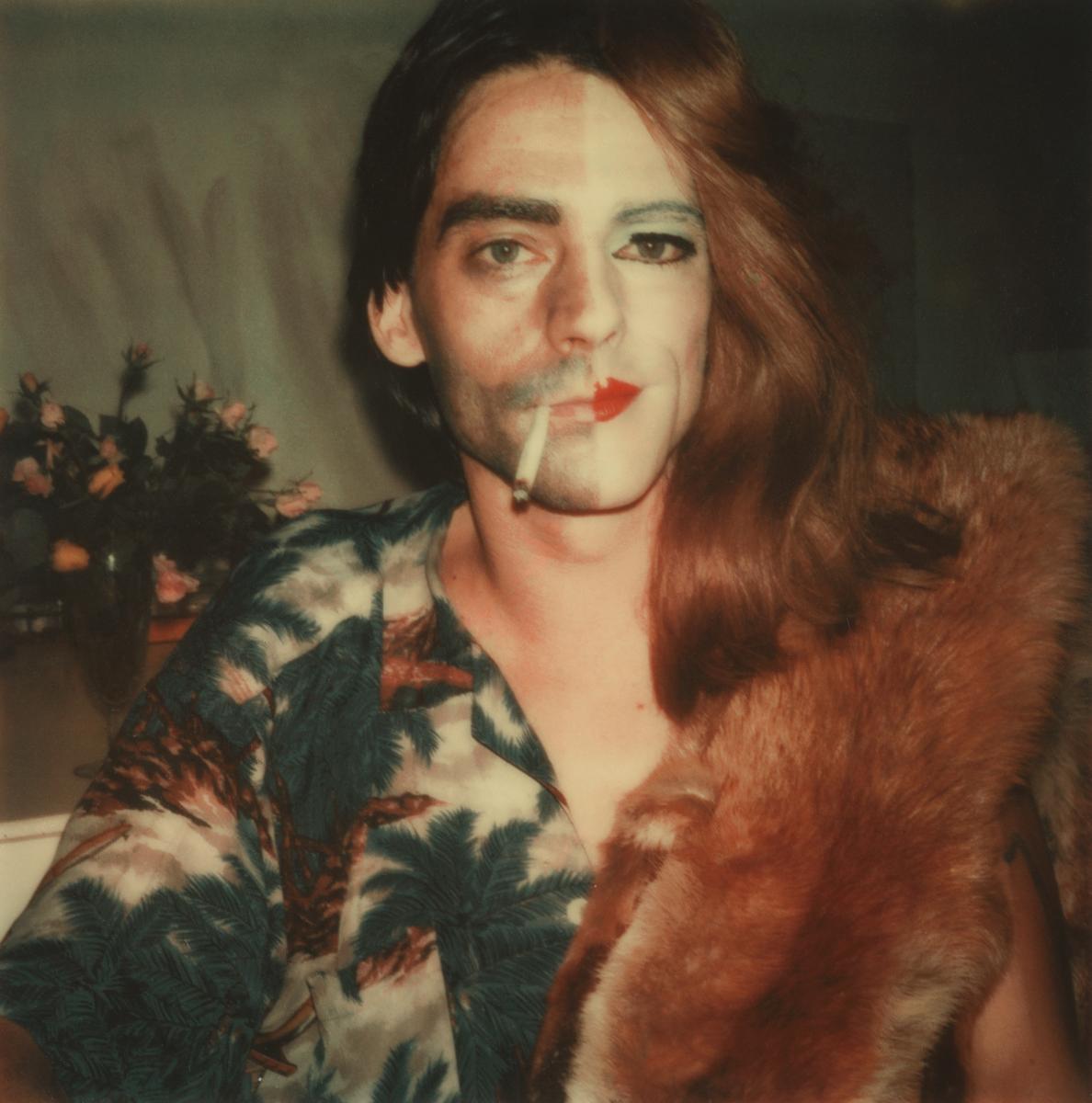
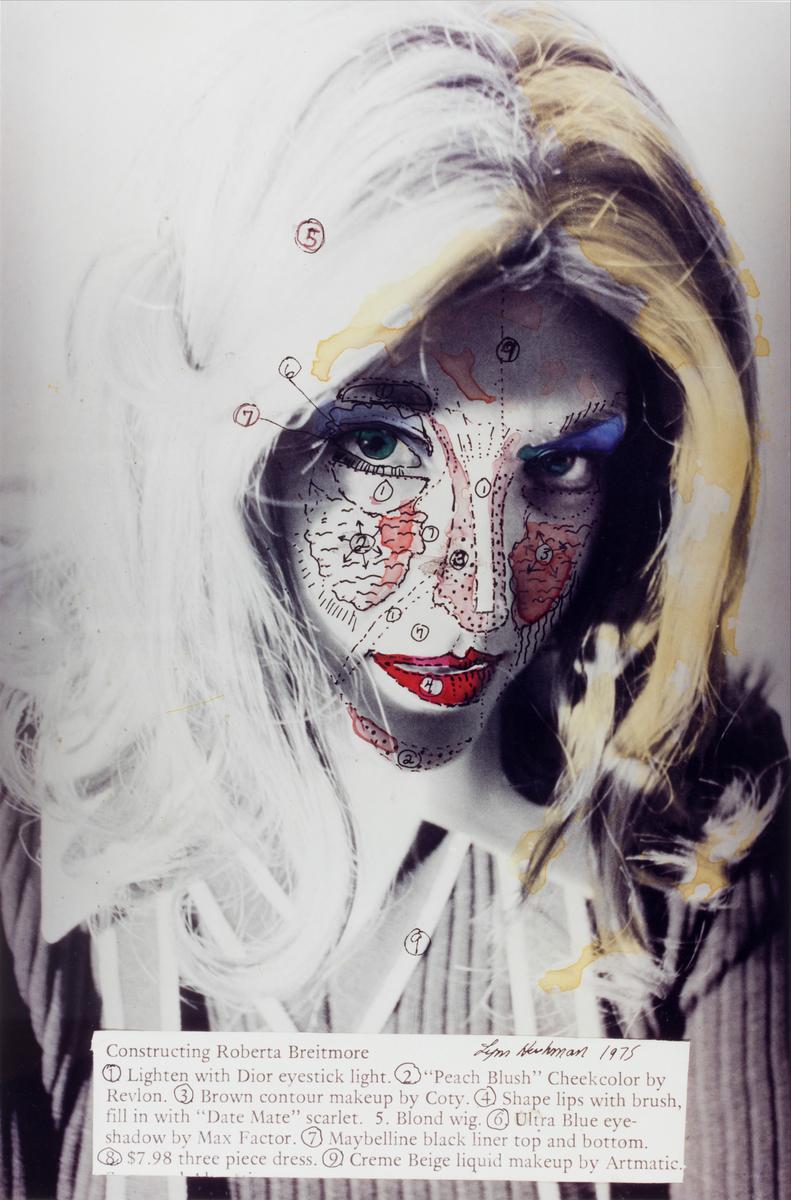
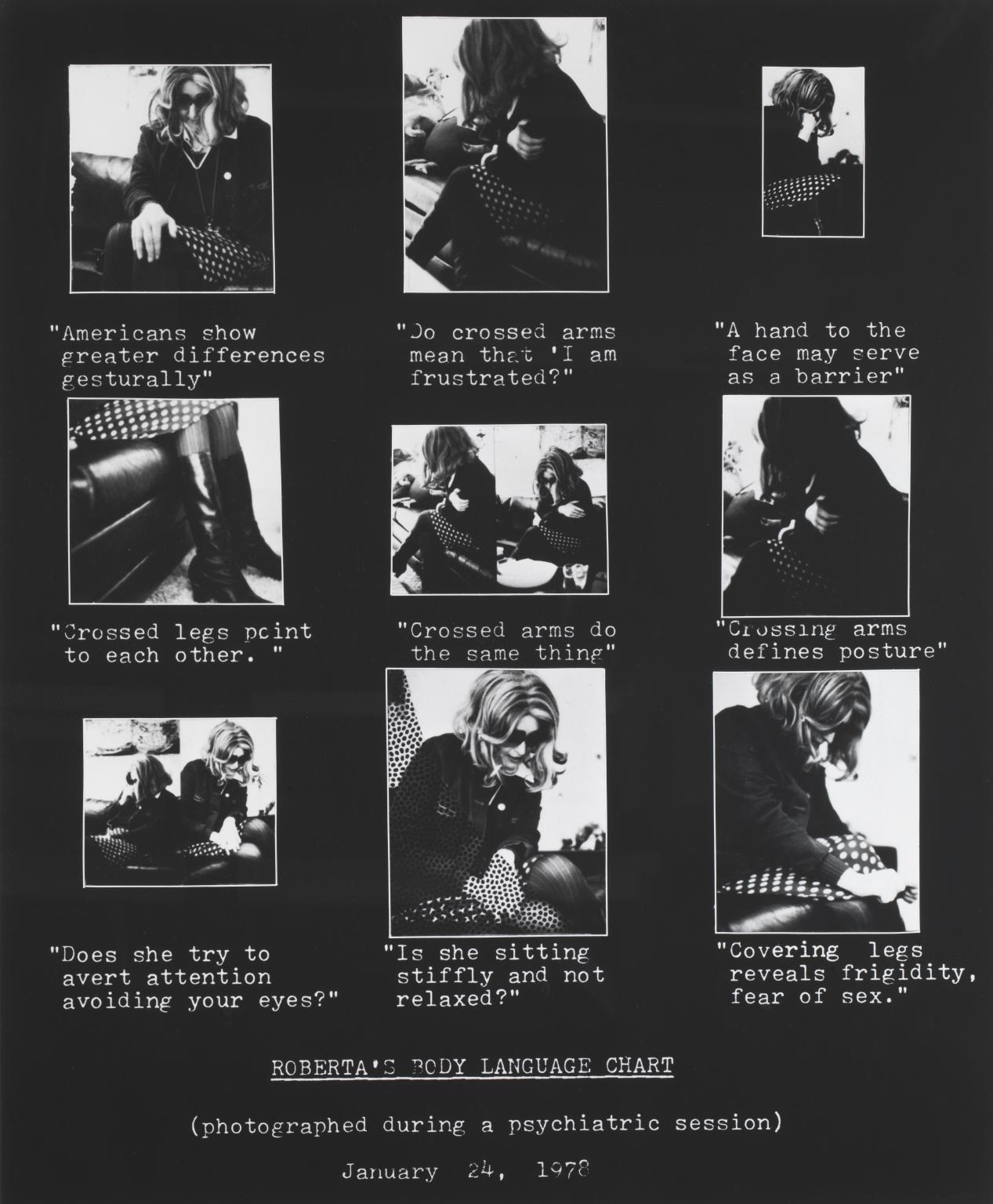
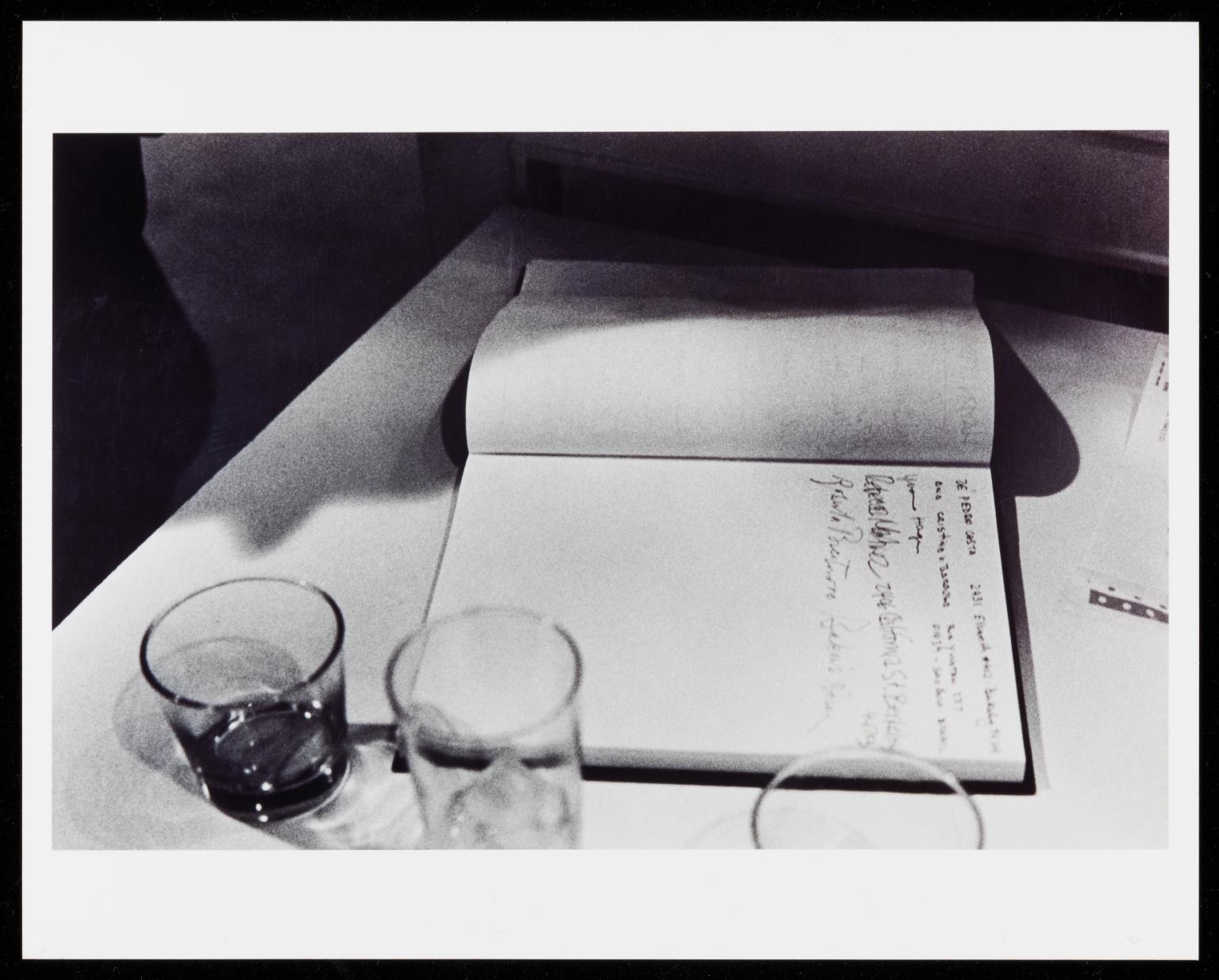
You've viewed 6/15 artworks
You've viewed 15/15 artworks

